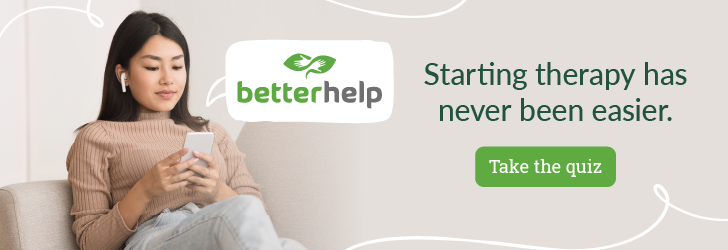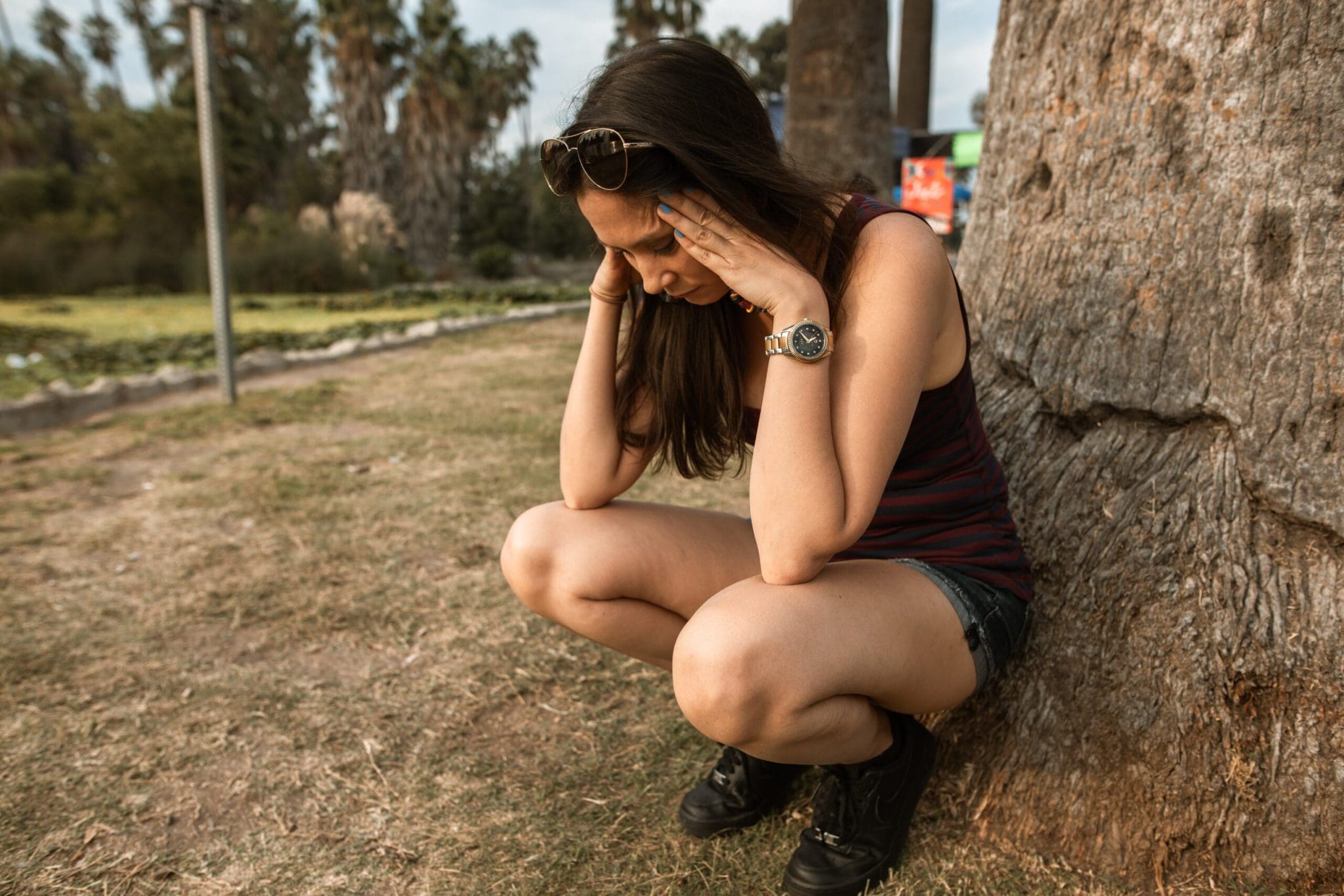Full Disclosure: Clicking on these links could mean a tiny commission for me, at no extra cost to you.
Let’s talk about something that most of us don’t bring up in everyday conversations but often crosses our minds – death anxiety. It’s that unsettling feeling we get when we ponder our own mortality or the loss of someone dear to us. You’re not alone if you’ve ever felt a knot in your stomach or a rush of discomfort at the mere thought of it. But here’s the thing: acknowledging and addressing these feelings can be a powerful step toward easing the grip of death anxiety.
What is Death Anxiety?
Death anxiety, also known as thanatophobia, is a type of anxiety characterized by a persistent fear of one’s own death or the process of dying. It involves apprehension, dread, or uneasiness related to the concept of mortality. This anxiety can manifest in various ways, such as fear of the unknown after death, fear of the dying process, or existential concerns about the meaning and purpose of life. Death anxiety is a natural aspect of the human experience, but it can become problematic when it interferes significantly with a person’s daily life and well-being.
Several factors contribute to death anxiety, including cultural and religious beliefs, personal experiences with death, existential concerns, and general anxiety about the unknown. People may cope with death anxiety through various means, such as seeking religious or spiritual guidance, therapy, or engaging in activities that give life meaning and purpose. It’s essential to address severe and persistent death anxiety with the help of mental health professionals when it significantly impacts an individual’s quality of life.
Death Anxiety Symptoms
Death anxiety, or thanatophobia, can manifest in various emotional, cognitive, and behavioral symptoms. It’s important to note that people may experience these symptoms to varying degrees. Common symptoms of death anxiety include:
- Persistent Thoughts about Death: Excessive and intrusive thoughts about one’s own death or the death of loved ones.
- Fear of Dying: Intense fear or dread associated with the process of dying, including concerns about pain, suffering, or the unknown aspects of death.
- Existential Concerns: Pervasive thoughts about the meaning and purpose of life, existence, and the afterlife.
- Avoidance Behaviors: Avoidance of situations, places, or discussions related to death, dying, or funerals.
- Physical Symptoms: Physical manifestations of anxiety, such as rapid heartbeat, sweating, trembling, shortness of breath, or gastrointestinal distress.
- Sleep Disturbances: Difficulty falling asleep, staying asleep, or experiencing nightmares related to death.
- Depression: Feelings of sadness, hopelessness, or despair related to death anxiety.
- Compulsive Behaviors: Engaging in rituals or compulsive behaviors as a way to cope with death-related fears.
- Impact on Daily Functioning: Interference with daily activities, relationships, or work due to preoccupation with death anxiety.
- Social Withdrawal: Avoidance of social interactions or relationships due to the fear of losing loved ones.
It’s important to recognize that experiencing occasional thoughts about death is a normal part of the human experience. However, when these thoughts become persistent, overwhelming, or significantly impact an individual’s quality of life, seeking support from mental health professionals, such as therapists or counselors, can be beneficial. They can help individuals explore the root causes of their death anxiety and develop coping mechanisms to manage their fears.
Coping With Death Anxiety
Coping with death anxiety is a deeply personal journey, and it’s okay to acknowledge the weight that these intrusive thoughts can carry. Understanding your beliefs about life and death and incorporating healing practices that align with your values can bring a sense of peace. Remember, it’s not about eliminating these thoughts entirely but learning to coexist with them while fostering a greater appreciation for the precious moments we have.
Learn About Death
Instead of running from your fear, set a goal to get educated about death. You can join support groups where people gather to share their feelings and fears of death, dying, and losing their loved ones. Some people have lost their loved ones and understand the process. If your loved one or a parent is in hospice, you will find the courage to look for options for how you can send them to the next realm by honoring them.
You might want to look up newrestfunerals.co.uk or a funeral home near you to see your support options. Even learning the simpler things about how to arrange funerals and the following grieving process can help you get a better understanding of death and dying.
Practice Mindfulness
Mindfulness is a useful technique to overcome anxiety, stress, and fear. We are often stuck in our minds, and the constant worry about the unknown future prevents us from enjoying the present. So, with mindfulness, you take yourself out of the never-ending loop of reminiscing about the past and trying to control the future.
The only thing that is in your control is the current moment – the now. Once you understand the value of being present in the now, you can become more grateful for what is right in front of you and with us. Instead of worrying about tomorrow where you might lose your loved ones, you will shift your focus on the present moment and cherish the presence of your loved ones in your life.
Try Now: The #1 Mindfulness App
Reflect on Your Strength
It’s easy to become anxious when you forget how resilient they are. You might have already successfully navigated some losses and come out on the other side, stronger than ever. Reflect on these moments; write down how they made you feel, the different methods you used to cope or unhealthy coping methods to steer clear of.
Process the Grief and Personal Loss
People say that time heals. However, the most important part of dealing with the loss of a loved one, is allowing yourself to work through the pain little by little. Understandably, each person’s grief is unique, which is why there isn’t a concrete set of steps you can take in order to diminish the pain. So, it’s crucial to explore the different healing methods available and find the one that best suits you. For example, you may find that online support groups are right up your alley or online therapy, or maybe journaling your thoughts and feelings gives you the release you need.
Whatever method you choose, remember that there is no time limit.
Allow Yourself to Heal from Grief
When we lose a loved one, there is a grieving process that we all go through. The thing about the grieving process is that it has to run its course. There is absolutely nothing that you can do to snap your finger and instantly feel better.
By giving yourself the time, you can certainly speed up the grieving process and embrace the path of healing.
Understandably, the normal reaction to grief is to try anything possible to silence the negative thoughts and feel better. Often, this can look like avoidance. To counteract this, aim to spend fifteen to twenty minutes a day to allow yourself to really think of the person you lost, observe your thoughts, and feel your feelings without caving to the urge to resist them.
Soon, you will experience the transformative feeling of sadness, which will help you release the things that you are holding onto. Allow yourself to grieve and go through the process every single day instead of avoiding it; you can speed up the healing process by getting to the root of your feelings.

Learning more about death may feel counterproductive for overcoming death anxiety, but knowledge is power. Learning about this unavoidable part of life, understanding the emotion of grief and practicing techniques for anxiety will help you overcome any intrusive thoughts that come your way.









